A look at some of the most distinctive - and overlooked - shirts in football history.
Euro ’92 is remembered for one thing above all else: Denmark. Called up at the last minute after Yugoslavia were disqualified, the Danes shocked Europe by winning the tournament, beating Germany in the final. But while the fairy-tale triumph is celebrated to this day, the shirts of that summer rarely get the attention they deserve.
The hosts, Sweden, set the tone with a striking yellow-and-blue Adidas design. Their home shirt featured bold diagonal shadow stripes, a quintessentially early ’90s look that still feels fresh today. It was a kit that matched the tournament’s atmosphere: bright, summery, and confident.
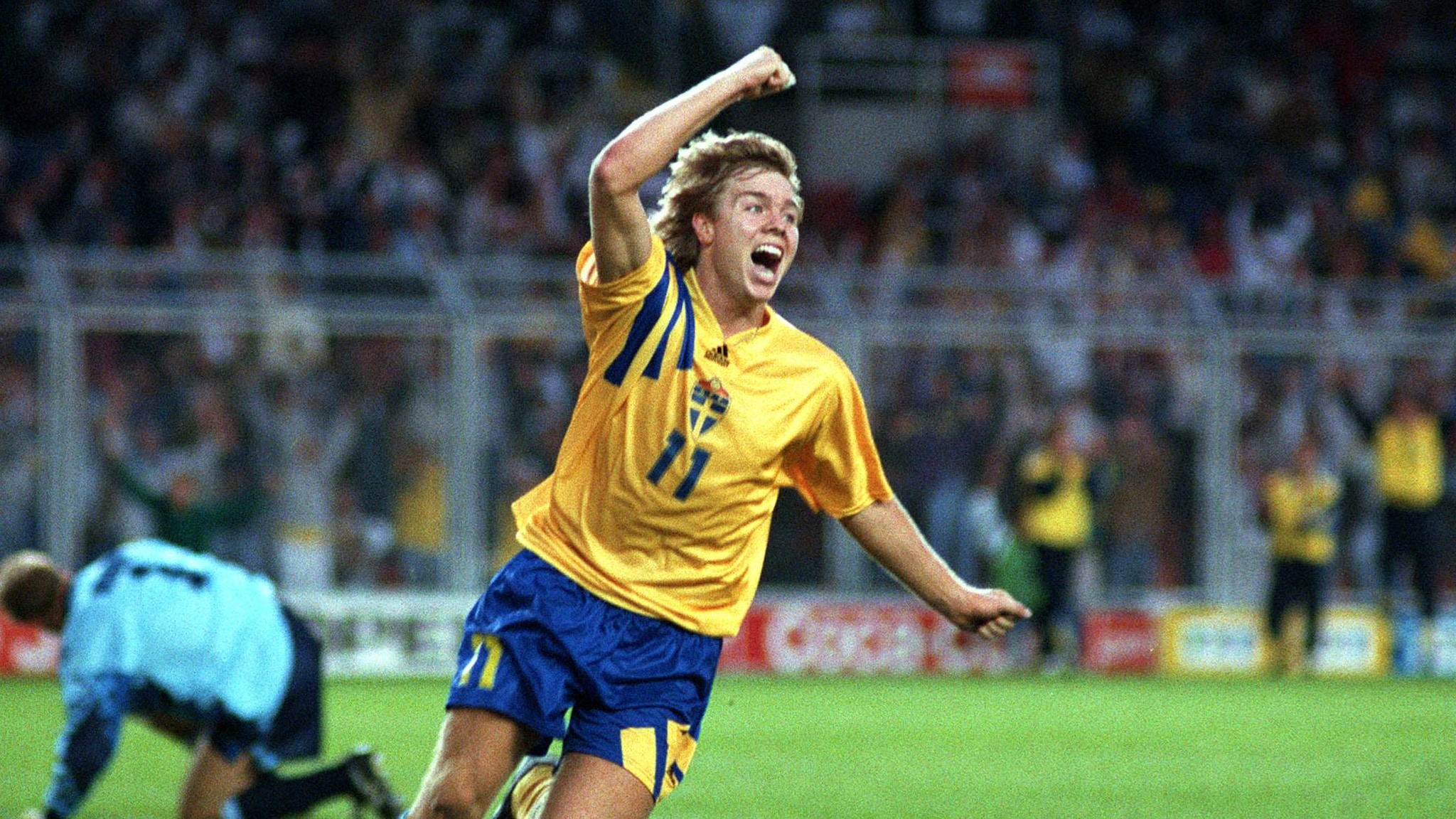
Denmark, of course, wore one of the era’s most unique shirts. Manufactured by Hummel, the design split the shirt vertically - one half solid red, the other half patterned with chevrons. It was bold without being brash, classic without being boring. By the time John Jensen and Kim Vilfort fired the Danes to victory in the final, the shirt had become inseparable from their story. Yet outside Denmark, it remains strangely under-appreciated.
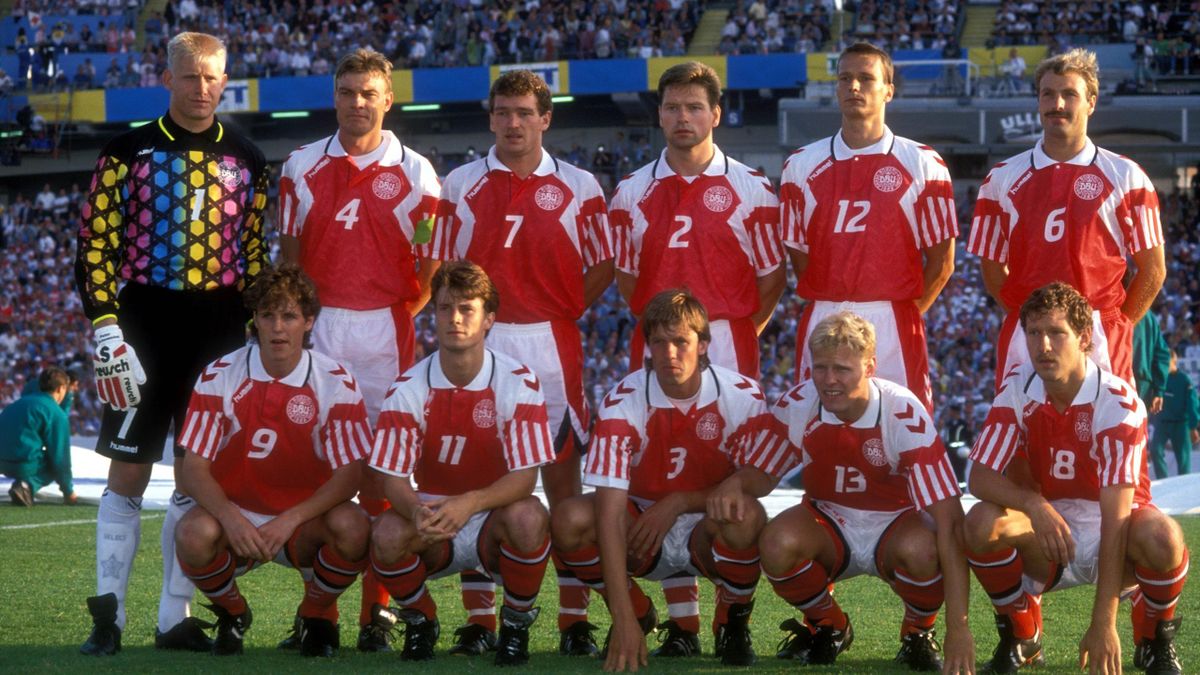
Germany arrived as reigning world champions, their iconic 1990 design still fresh in memory. But by ’92, Adidas had updated their look. Gone were the sharp black-red-gold diamonds of Italia ’90, replaced by a more subdued striped trim. It was elegant, but it lacked the punch of its predecessor, which may be why it’s often forgotten.
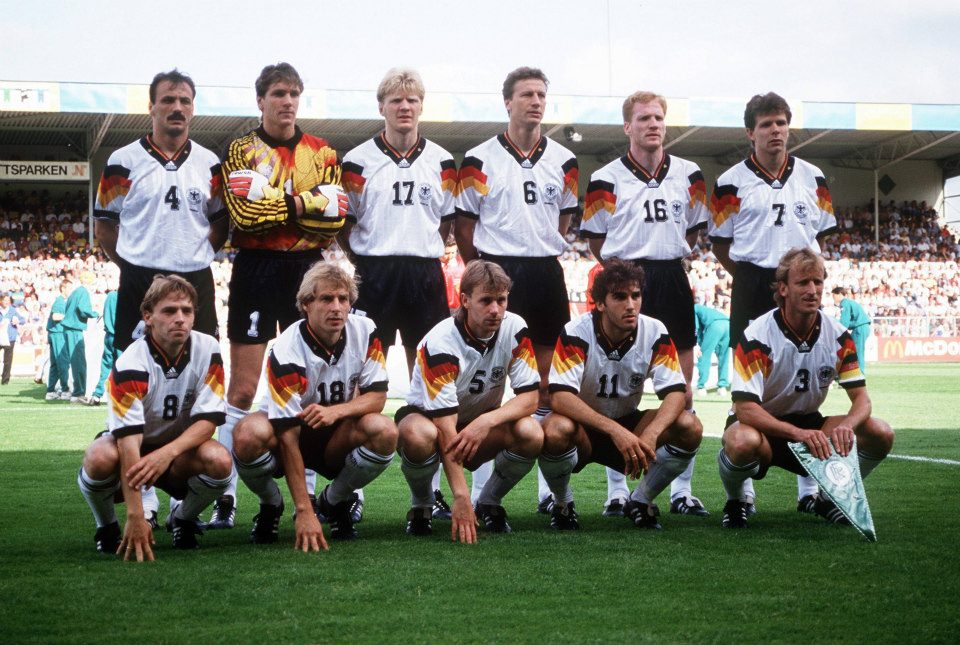
Then there was Scotland. Their Umbro kit was a deep navy with tartan shadow patterns across the chest - one of the earliest and boldest attempts to weave cultural heritage directly into a shirt design. At the time, reactions were mixed. Too gimmicky, some said. But three decades on, it stands out as a pioneering move in kit culture, foreshadowing the national identity-driven designs that dominate today.

The Netherlands, still riding high from their Euro ’88 triumph, wore a kit that epitomised understated class. Plain orange with subtle patterning, it didn’t scream for attention, but with Marco van Basten and Ruud Gullit leading the line, it didn’t have to. Yet when the Dutch faltered in the semi-finals, the shirt faded from memory along with their campaign.
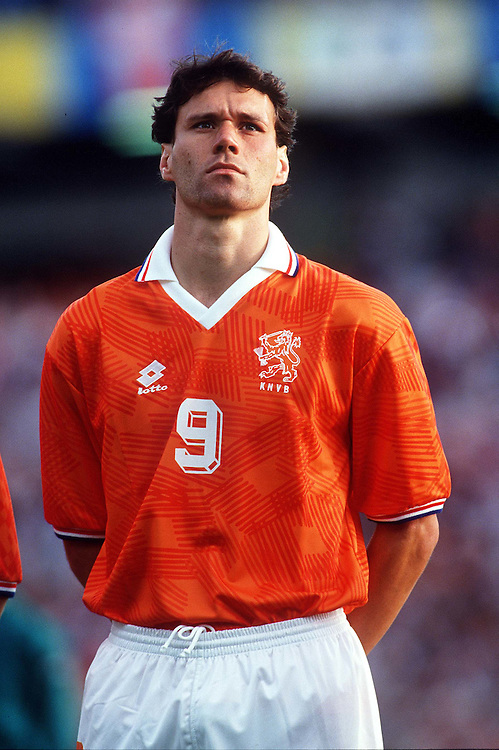
Even smaller nations brought style. CIS - the hastily assembled team of former Soviet states - wore simple red Adidas shirts with minimal trim. They might not have been flashy, but in hindsight, those shirts captured a fleeting historical moment. Within months, the team no longer existed. They remain hugely collectable.
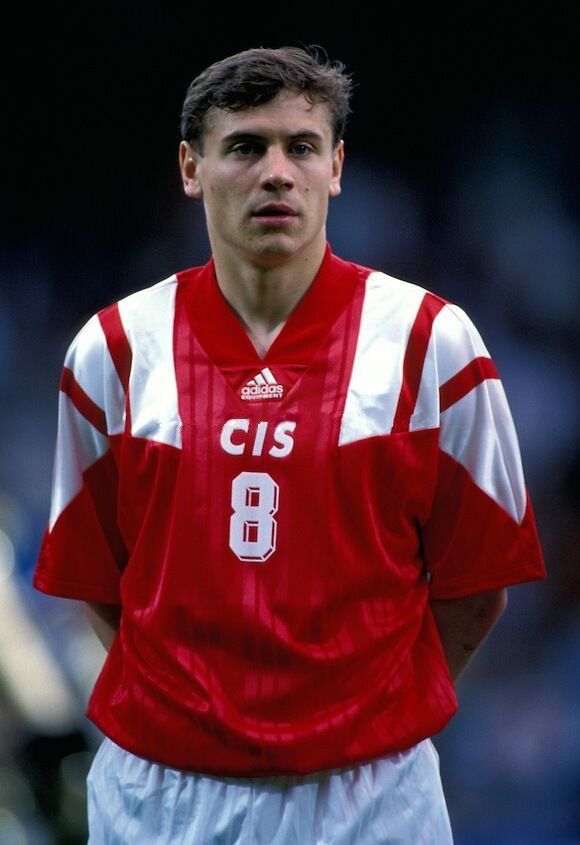
Looking back, Euro ’92 was a turning point in kit design. The experimental ’90s aesthetic was beginning to emerge - tartans, chevrons, shadow stripes - yet many designs still held onto traditional simplicity. It was a tournament caught between eras, which may be why its shirts are often overlooked.
Today, retro collectors are beginning to rediscover them. The Denmark shirt has become a cult classic, fetching high prices at auctions. Scotland’s tartan kit, once derided, is now celebrated as visionary. Even Sweden’s bright stripes are sought after by those who want a piece of ’90s nostalgia.
Euro ’92 may be remembered for the Danes lifting the trophy, but the shirts deserve their place in the story too. Forgotten at the time, they now look like quiet trailblazers, paving the way for the loud, experimental designs that defined the rest of the decade. Sometimes, history hides in the fabric.
We also think you'll like...